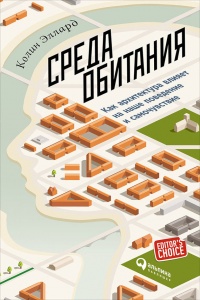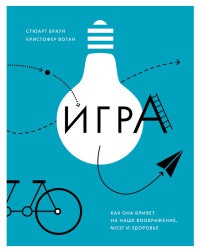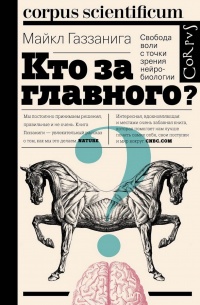Книга Город как безумие. Как архитектура влияет на наши эмоции, здоровье, жизнь - Сара Уильямс Голдхаген
Читать книгу Город как безумие. Как архитектура влияет на наши эмоции, здоровье, жизнь - Сара Уильямс Голдхаген полностью.
Шрифт:
-
+
Интервал:
-
+
Закладка:
Сделать
Перейти на страницу:
Перейти на страницу:
Книги схожие с книгой «Город как безумие. Как архитектура влияет на наши эмоции, здоровье, жизнь - Сара Уильямс Голдхаген» от автора - Сара Уильямс Голдхаген:
Комментарии и отзывы (0) к книге "Город как безумие. Как архитектура влияет на наши эмоции, здоровье, жизнь - Сара Уильямс Голдхаген"












